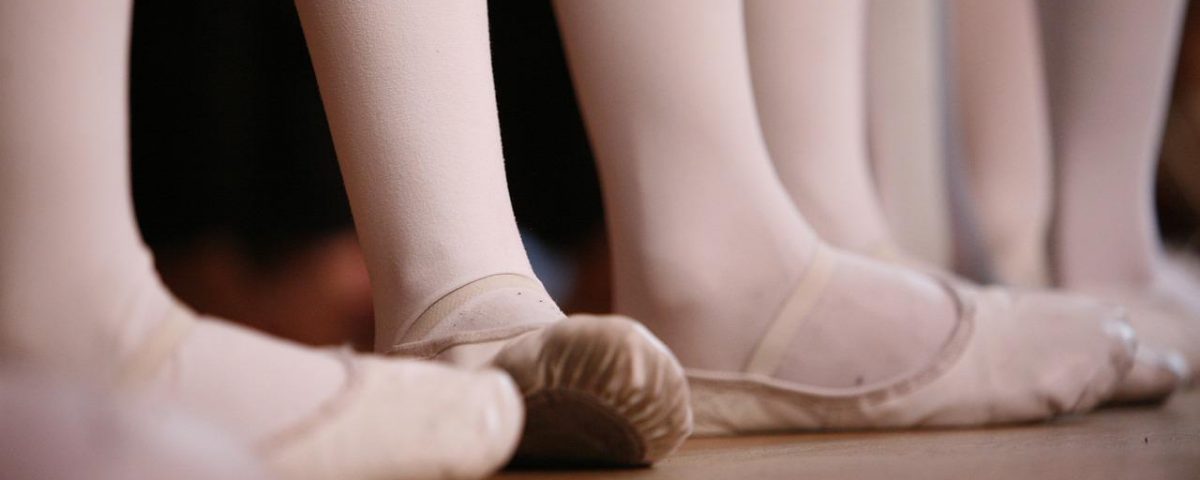What To Expect After Ankle Surgery?

NEW POLL SAYS THAT the HOLIDAY SEASON is the perfect time to have Foot Surgery……
November 11, 2023
7 Benefits of Getting a For Choosing Bunion Surgery [Infographic]
December 14, 2023Recovering from ankle surgery is a journey that requires patience, diligence, and a clear understanding of what to expect on the recovery journey.
This quick post aims to shed light on the rehabilitation process and the gradual return to normal activities post-surgery, providing insights and guidance for those embarking on this healing journey.
Read this article before you choose ankle surgery Houston.
Understanding the Recovery Phase
Ankle surgery recovery can vary greatly depending on the type of surgery performed and the individual’s overall health.
Generally, recovery can be done in several phases over a period of weeks or months. The initial few weeks post-surgery focus on healing and reducing swelling, while subsequent weeks involve more active rehabilitation exercises.
Phase 1: Post-Surgery (1-2 Weeks)
The first two weeks are crucial. Your ankle will likely be immobilized, and the focus will be on managing pain and reducing the swelling. It’s essential to follow your surgeon’s advice on weight-bearing, which might mean no weight at all or partial weight-bearing with crutches or a walker.
Tips To Keep In Mind:
- Keep the ankle elevated as much as possible.
- Use ice packs to reduce swelling.
- Follow pain management strategies as advised by your doctor.
Phase 2: Early Rehabilitation (2-6 Weeks)
As the healing progresses, you’ll start with gentle range-of-motion exercises. These are critical for preventing stiffness and maintaining as much movement as possible in the ankle joint.
Tips To Keep In Mind:
- Begin physiotherapy as recommended by your doctor.
- Engage in light stretching and mobility exercises.
- Gradually increase weight-bearing as advised.
Phase 3: Advanced Rehabilitation (6 Weeks and Beyond)
This phase is about getting back your strength, balance, and mobility. Exercises become more rigorous, and you will sooner or later get back to the daily activities.
Tips To Keep In Mind:
- Focus on strength-building exercises.
- Work on balance and proprioception (the sense of body position).
- Continue to follow your physiotherapist’s guidance closely.
Understanding The Challenges
Rehabilitation can be challenging both physically and mentally. Pain and discomfort are common, and it’s normal to feel frustrated with the pace of recovery. It’s important to stay engaged with your rehabilitation program and communicate openly with your healthcare providers about any concerns.
Staying Motivated:
- Set small, achievable goals throughout your recovery.
- Celebrate your progress, no matter how small.
- Keep a recovery journal to track improvements.
Returning to Daily Normal Activities
The timeline for returning to normal activities varies. For desk jobs, you might return to work within a few weeks, while physically demanding jobs might require a longer absence.
Driving and Walking: Can You Get Back To It?
Driving is usually not allowed until you can safely operate the pedals without pain, which can be several weeks. Walking independently without crutches or a walker typically begins in the advanced rehabilitation phase, but full, pain-free walking can take several months.
Sports and High-Impact Activities
Returning to sports or high-impact activities is a slow process. This typically occurs in the latter stages of the advanced rehabilitation phase and only after clearance from your healthcare team. Expect a phased return, starting with low-impact activities and gradually increasing intensity.
Key Takeaways From This Article
- Patience is Important:Recovery takes time, and rushing the process can lead to further challenges.
- Consistency is the Key:Adherence to your rehabilitation program is essential for recovery.
- Communicate with Your Healthcare Team:Keep your doctor and physiotherapist informed about your concerns and progress.
- Listen to Your Body. Always:Pay attention to what your body is telling you. Pain, swelling, or discomfort are signals to slow down.
Summing Up
Recovering from ankle surgery can seem overwhelming at this point, but with the right approach and mindset, it can lead to a successful return to normal activities. Remember, every person’s recovery journey will be unique.
Stay focused on your individual progress and work closely with your healthcare team to recover soon.



